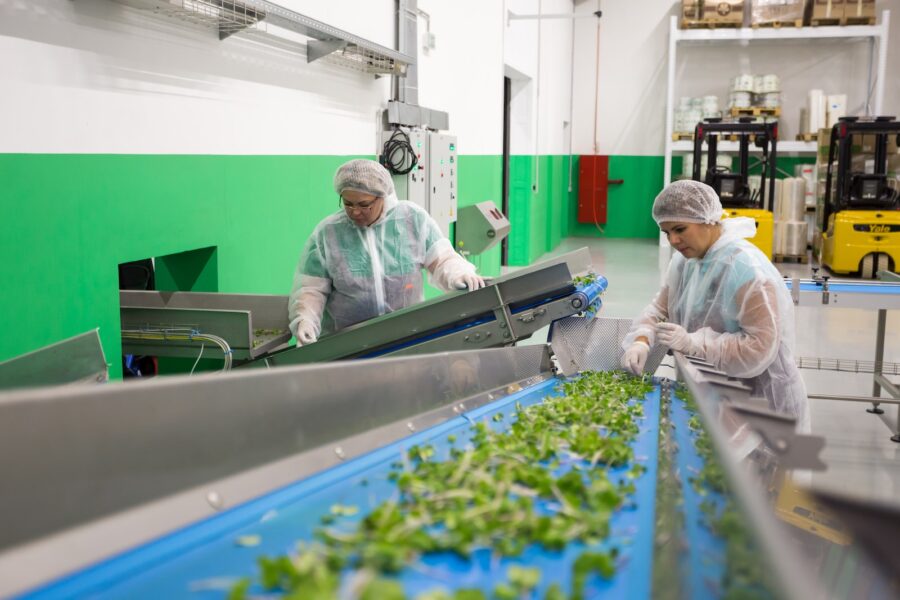Food and beverage manufacturers have faced countless challenges throughout the pandemic that have reduced productivity among workers.
A happy and productive workforce is the basis for success in most industries. Businesses can struggle to survive if employees don’t feel safe and supported. How can businesses provide safety and increase workers’ productivity?
One answer appears to be ergonomic assessment.
Ergonomic assessment works because the risk of injury in the food and beverage category is rather high. In restaurants, for example, employees work in a compact, fast-paced environment near flames and sharp knives. These conditions lead to a high rate of injuries.
The most common types of injuries incurred by employees in this sector include:
- Slips and falls
- Burns and bruises
- Musculoskeletal disorders due to repetitive movements
- Handling accidents during food packaging and inspection
- Sprains and strains due to awkward body positions during work
- Loading and transportation accidents during the delivery of goods
- Cuts and scrapes from accidents involving sharp knives
These accidents can sometimes be fatal or ruin one’s ability to work. This lack of safety is one of the main contributors to lower productivity levels. Fortunately, these injuries are avoidable with a simple ergonomic evaluation.
What Exactly is Ergonomics?
Ergonomics is the science of matching workplace conditions to the worker’s needs. An ergonomic evaluation will assess the working conditions and suggest adjustments to make them safer and more compatible with employees’ needs and abilities. Most manufacturers in the food, beverage, and agribusiness industries have overlooked ergonomics so far, but now is the time to address it.
Ergonomics can increase productivity directly or by improving employee engagement.
A review by the Washington State Department of Labor and Industries shows that implementing ergonomic solutions can enhance employee productivity by 25%. This increase results from an optimized workplace in which employees can perform their tasks more efficiently. With a safer work environment, employees are also less prone to injuries.
Therefore, workers won’t need time off to address their issues and can perform at their best.
Ergonomics also increases productivity and work quality by improving employee engagement. Almost 51% of U.S. employees are not engaged in their jobs and don’t enjoy what they do, according to a Gallup poll. Employers can help remedy this issue by using ergonomics.
When a staff sees its leaders making an effort to keep them safe and comfortable, they feel appreciated, boosting morale, making them more focused on their work, and increasing their productivity.
Other Benefits of Ergonomics
Cost reduction: reports show that $1 out of every $3 spent on worker’s compensation claims results from a lack of proper ergonomics. Using ergonomics, businesses can create a safer working environment to avoid injuries and their direct and indirect costs.
Culture of safety: Companies can embed safety into their work by optimizing the environment using ergonomics. This sustainable safety culture will increase quality of work while attracting top talent.
Reducing Turnover: While companies rethink the warehouse experience amid a labor shortage, businesses can do their best work with an entire staff intact. When employees see concern for their well-being, they want to continue working for their employer, and lowering employee turnover will help avoid the need for costly new hires.
Jordan McDowell is a writer and content strategist. He specializes in technically-oriented B2B and B2C content for a number of digital companies.












